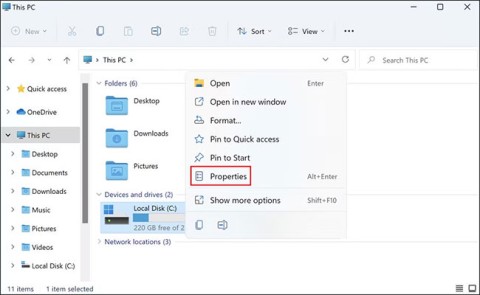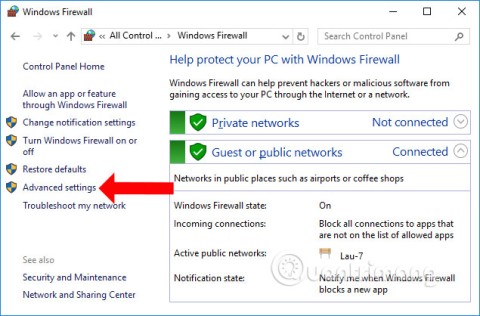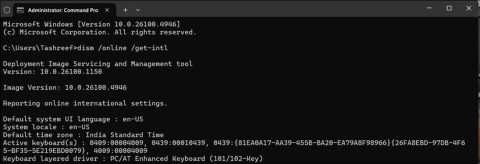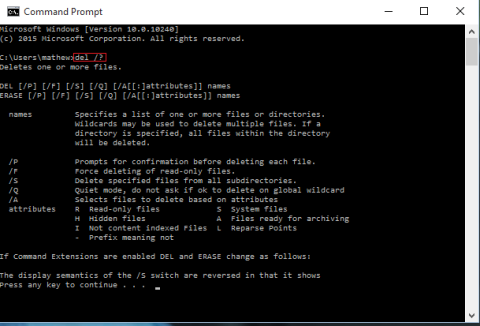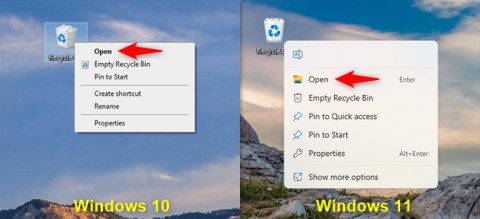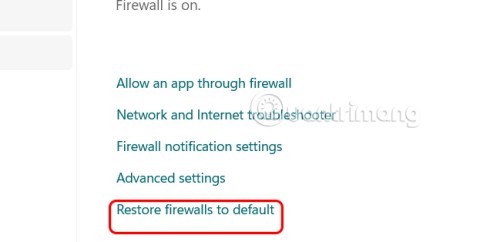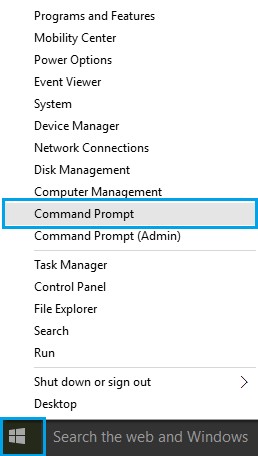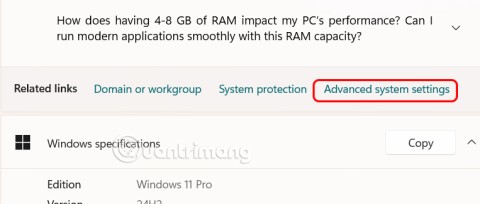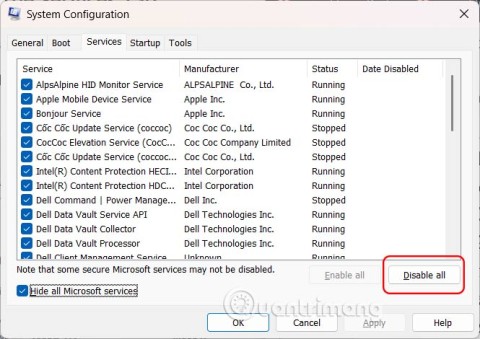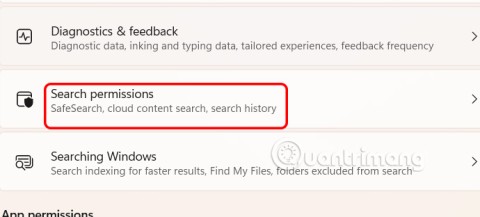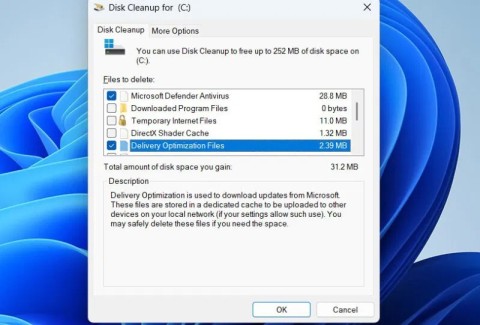How to turn off background apps in Windows 11, reduce RAM consumption on Win 11
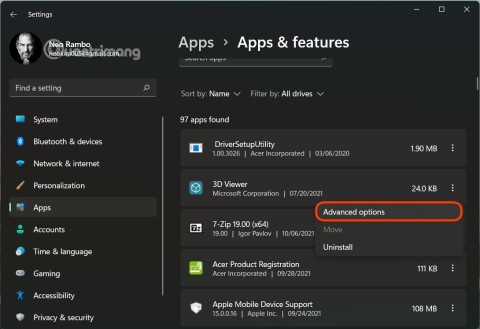
You can turn off Windows 11 background apps to optimize performance, save battery and reduce RAM consumption.
In Windows, it's common for free disk space to decrease over time, even if you don't add new files. While Windows Storage Sense is efficient at deleting temporary files, some types of data are permanent and continue to accumulate. If your storage is filling up even though you're not adding new data, you should delete the following data.
1. Data left over after Windows update
New Windows updates download a lot of data to keep your system up to date, but where does it go after your computer has been updated? In fact, Windows keeps most of the data to ensure that you can restore it later in case of any problems. Although it has a built-in mechanism to delete old updates over time, it is notorious for keeping old updates for long periods of time or even permanently.
If your computer is working fine with the current update and you don’t expect to roll back to a previous update (most people never have to), you can delete this leftover data to avoid data buildup. We’ll use the built-in Disk Cleanup tool for this, as it can safely delete most of it.
Search for "disk cleanup" in Windows Search and open the Disk Cleanup application . Select your drive and click Clean up system files .
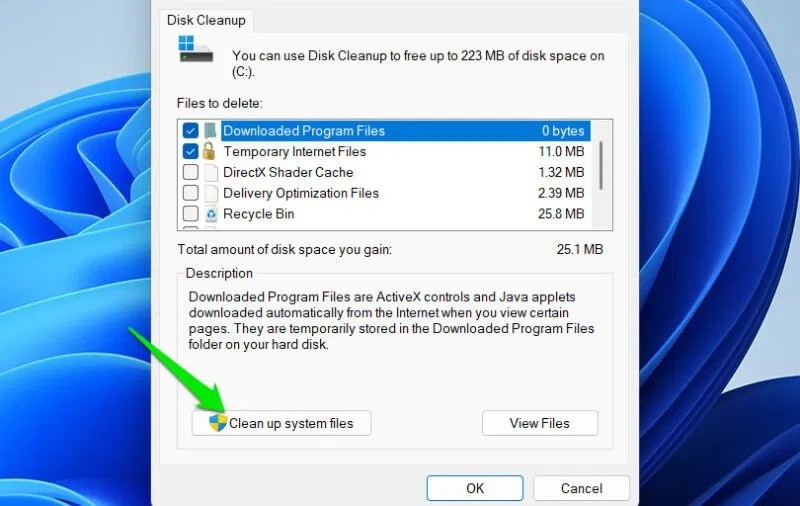
You will see a bunch of update-related options (only available if they contain data), such as Delivery Optimization Files, Windows Update Cleanup, temporary Windows installation files, etc. Select them all and click OK to delete.
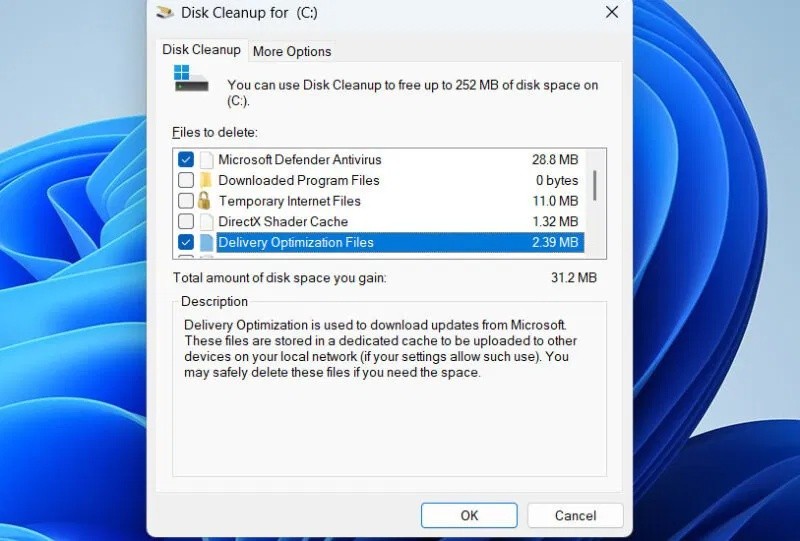
2. Residual application data left by uninstalled programs
Windows' built-in uninstaller often leaves behind leftover program data and Registry entries. This can increase the size of the Registry and take up unnecessary space on your drive. While this data can be located in many places, such as Program Files and ProgramData, most of it is located in the AppData folder in your user folder.
You can delete it manually by going to "C:\Users\*YourUserName*\AppData" and finding all the folders inside the Local, localLow and Roaming folders that belong to the deleted programs. The folders will be listed by program name or developer name. Just select them and delete them.

However, you should use an uninstaller program for this purpose. They can automatically find and remove this leftover data, as well as completely uninstall future applications. Bulk Crap Uninstaller is a great free and open source application for this purpose. It will clean up both leftover data and Registry entries.
To delete the leftover data in the AppData folder, click on the Tools menu in Bulk Crap Uninstaller and click on the Uninstall from directory option . You can then select the AppData folder in your user directory to search and display all the leftover data. Make sure you double-check the data to make sure it doesn’t delete any important data.
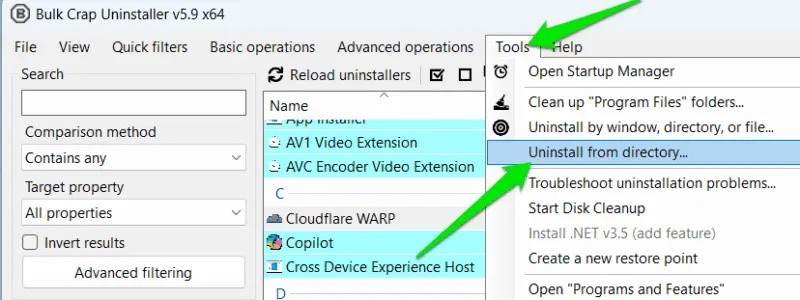
3. Remaining patch data in applications/games is continuously updated
Many, if not most, apps and games download patches and updates from time to time. While they are often configured to delete unnecessary data, many apps and games do not delete this data optimally or retain old data for repairs.
Unfortunately, how this data is managed is different for each program. If you download from an app/game platform like Steam , Microsoft Store, Epic Games Launcher, etc., you can try the cache clearing option there. For direct downloads, you'll have to look for a folder inside the program's main folder, usually named cache, patches, or updates.
A surefire way to reset all additional data is to reinstall the latest version of the app/game. This will not only remove unnecessary patch data, but also optimize large cache files to free up space.
4. System restore points
System Restore saves your PC’s current state so you can easily revert to a previous state if something goes wrong. This is a great security feature, but it can take up a lot of space over time. It stores restore points until it reaches the maximum allowable limit, which is 15% of your total hard drive space (that’s 150GB for a 1TB drive).
In most cases, you probably don't need all of these restore points, but they can take up tens of gigabytes of space over time. If your computer is working fine, you can delete all of your restore points and then create new ones. Here's how:
Press Win + R key combination and type sysdm.cpl in Run dialog box to open System Properties .
Here go to System Protection , select your drive and click Configure .

Then click Delete at the bottom and confirm the prompt to delete all restore points. You can then create a new restore point for protection.
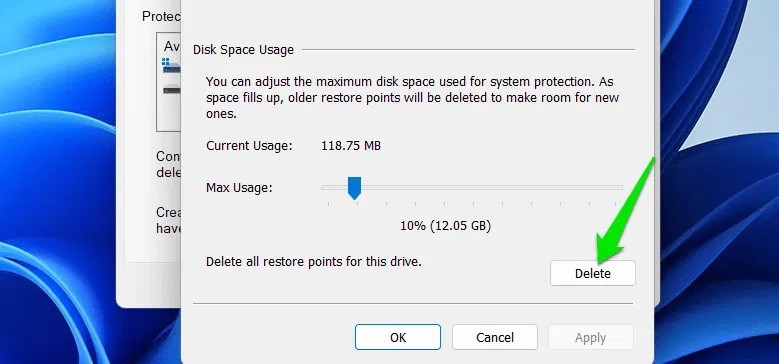
Depending on your total storage capacity and how much data you have, you can easily free up tens of gigabytes of space by deleting all of this data. If you're running out of storage space and really need more space, here's how to clean up your C drive and gain more storage space without deleting any data.
You can turn off Windows 11 background apps to optimize performance, save battery and reduce RAM consumption.
When a computer, mobile device, or printer tries to connect to a Microsoft Windows computer over a network, for example, the error message network path was not found — Error 0x80070035 may appear.
We can block Internet access for any application or software on the computer, while other programs can still access the network. The following article will guide readers on how to disable Internet access for software and applications on Windows.
Instead of paying $30 for a year of security updates, keep Windows 10 safe until 2030 with this simple solution.
When it comes to Windows, it’s always helpful to know a few tricks for when your computer starts to crash. Many people have recently encountered a similar situation, and have restarted their computers with this super simple trick.
Large folders on the system are one of the culprits that eat up a lot of system space. Many folders that you create, after deleting them, will come back after a while. Maybe those are junk folders that you try to remove them.
This guide will help you answer the question Where is the Recycle Bin in Windows 10? and let you choose the most comfortable way to reach the Windows 10 Recycle Bin location:
On Windows, sometimes you also need to reset Windows Security settings to default to fix some connection errors, stop working or simply want to return to the original state...
To check if the IP address you are using is a dynamic IP address or a static IP address, you can refer to the article below by WebTech360.
Windows 11 can download drivers for your computer without user intervention, but you don't always want to install drivers automatically to avoid unwanted problems.
Clean Boot is a troubleshooting technique used to start Windows with a basic, essential set of drivers and startup programs.
The cloning process involves moving data from one storage device to another (in this case, a hard drive) with an exact copy copied from the destination drive.
Fast Startup Windows 11 helps your computer boot faster, but it can also be the reason why your Windows computer doesn't shut down completely.
Search on Windows 11 pulls results not only from files and apps on your computer, but also from cloud storage linked to your Microsoft account.
Although Windows Storage Sense efficiently deletes temporary files, some types of data are permanent and continue to accumulate.
You can turn off Windows 11 background apps to optimize performance, save battery and reduce RAM consumption.
When a computer, mobile device, or printer tries to connect to a Microsoft Windows computer over a network, for example, the error message network path was not found — Error 0x80070035 may appear.
We can block Internet access for any application or software on the computer, while other programs can still access the network. The following article will guide readers on how to disable Internet access for software and applications on Windows.
Instead of paying $30 for a year of security updates, keep Windows 10 safe until 2030 with this simple solution.
When it comes to Windows, it’s always helpful to know a few tricks for when your computer starts to crash. Many people have recently encountered a similar situation, and have restarted their computers with this super simple trick.
Large folders on the system are one of the culprits that eat up a lot of system space. Many folders that you create, after deleting them, will come back after a while. Maybe those are junk folders that you try to remove them.
This guide will help you answer the question Where is the Recycle Bin in Windows 10? and let you choose the most comfortable way to reach the Windows 10 Recycle Bin location:
On Windows, sometimes you also need to reset Windows Security settings to default to fix some connection errors, stop working or simply want to return to the original state...
To check if the IP address you are using is a dynamic IP address or a static IP address, you can refer to the article below by WebTech360.
Windows 11 can download drivers for your computer without user intervention, but you don't always want to install drivers automatically to avoid unwanted problems.
Clean Boot is a troubleshooting technique used to start Windows with a basic, essential set of drivers and startup programs.
The cloning process involves moving data from one storage device to another (in this case, a hard drive) with an exact copy copied from the destination drive.
Fast Startup Windows 11 helps your computer boot faster, but it can also be the reason why your Windows computer doesn't shut down completely.
Search on Windows 11 pulls results not only from files and apps on your computer, but also from cloud storage linked to your Microsoft account.
